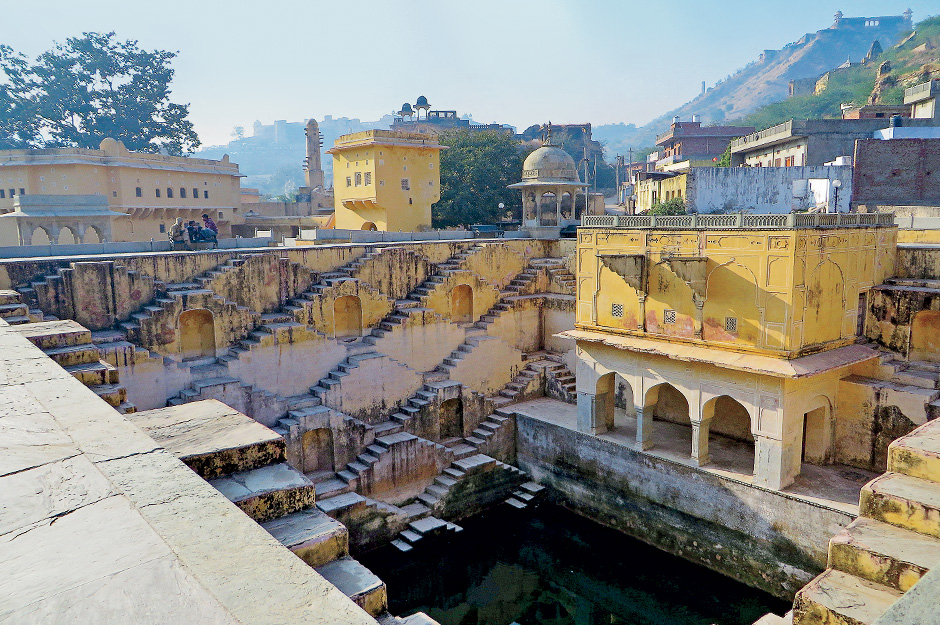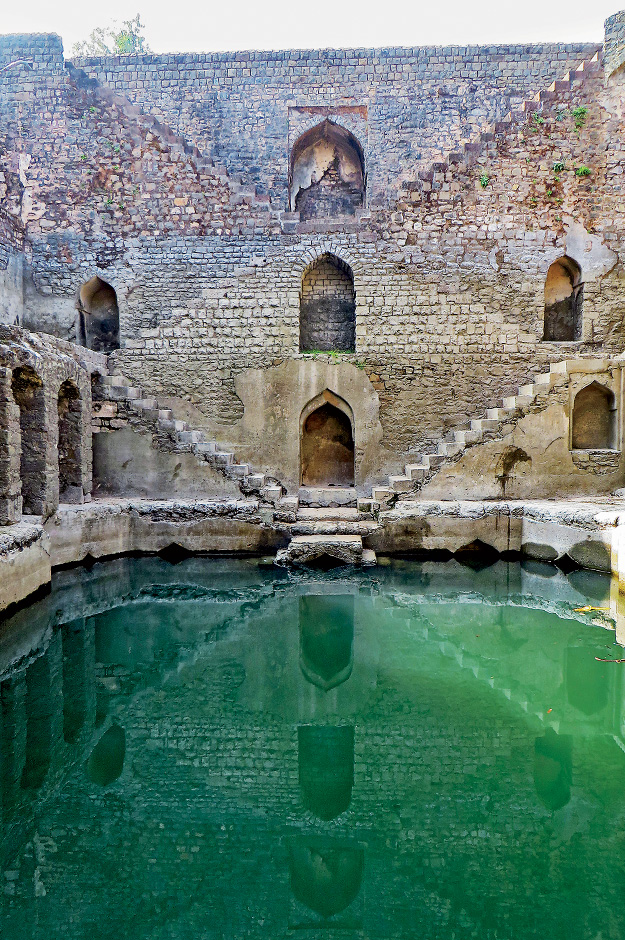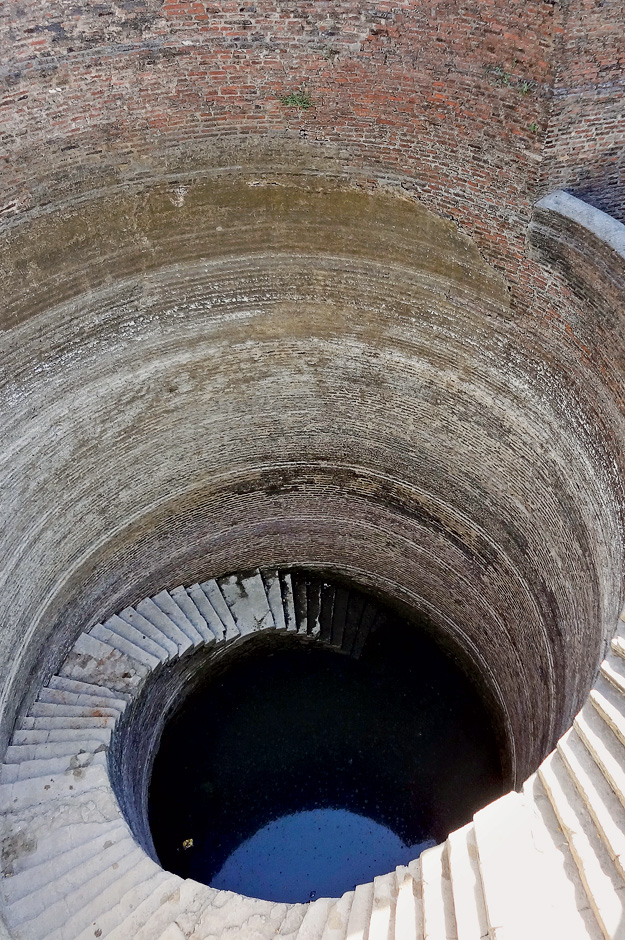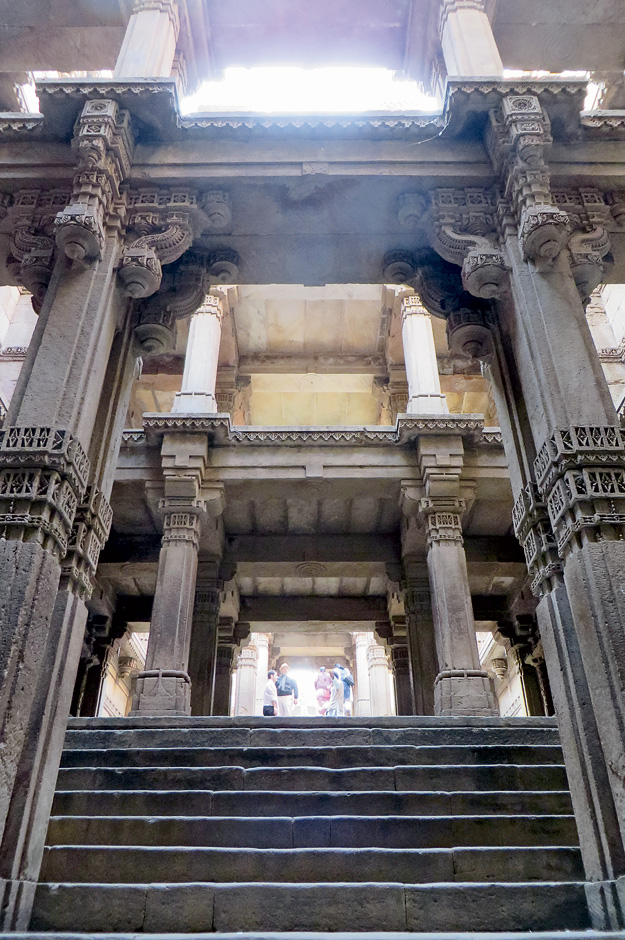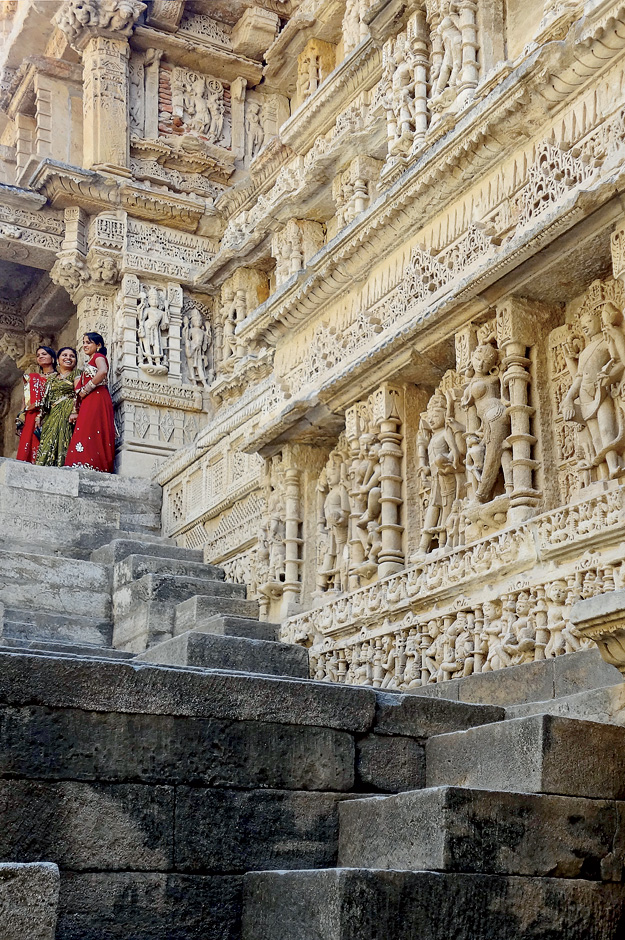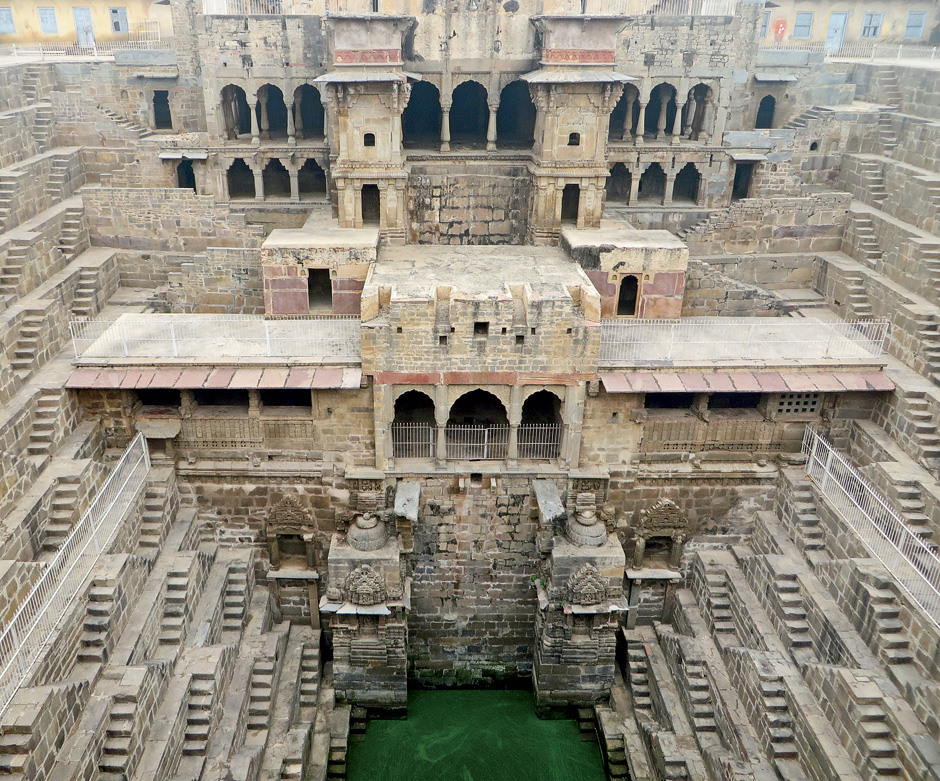Stories of suicides, betrayed kings, warring brothers, and witchcraft may sound more like Shakespearean tragedy than architectural history. But these are precisely the kinds of tales that haunt India’s stepwells, the ancient subterranean structures that are spread throughout the subcontinent. They were commissioned by wealthy patrons, including queens seeking to honor their husbands, and the earliest dates back to the year 600. And while these ornate monuments were considered places of mystery, they also served a crucial function in providing access to water in a climate with long dry spells punctuated by heavy monsoons. By the 18th century, over 3,000 stepwells dotted the landscape.

Today, however, the stepwells are largely forgotten. In some towns, they’ve become de facto trash pits. In others, encroaching houses and public buildings have made their entrances difficult to access. “People don’t even know they’re there,” says Lincoln Park writer Victoria Lautman. “They’re hiding in plain sight.”
Lautman is trying to change that with the publication of The Vanishing Stepwells of India, in which she documents in words and arresting photos (plus GPS coordinates) 75 of the 200 stepwells she’s researched. It’s the product of five years of stepwell hunting—and a decades-long obsession.




